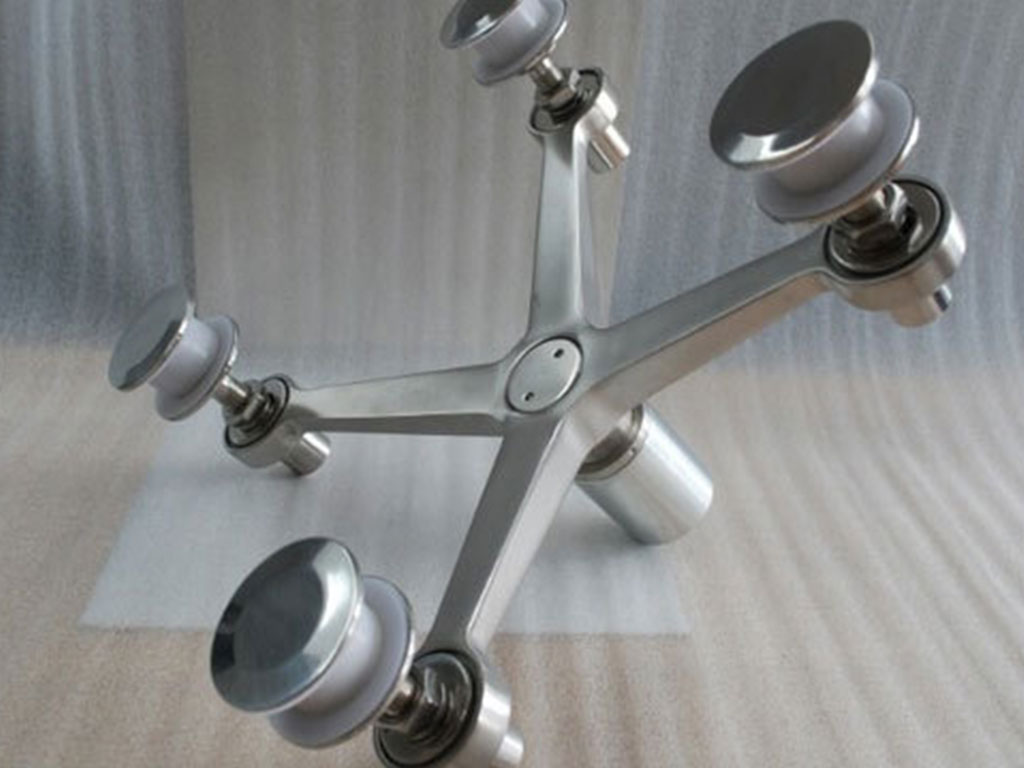Spider Glazing With Glass Fin

Spider glazing with glass fins is a modern and aesthetically pleasing architectural design and construction technique used in building facades. This system involves the use of point-supported glass panels (often called spider glass) and structural glass fins to create a transparent and visually striking exterior.
We are one of the well known manufacturers, traders and suppliers of Spider Glazing With Fin. The offered Spider Glazing With Fin is the assortment of glass sheets which are used to cover and build the entrance of a building. Our offered entrance door is able selectively block or allow access to the visitors. The offered Spider Glazing With Fin is available in semi transparent glass sheet range, which can prevent the on-lookers issue.
- Spider Fittings:
The term "spider" comes from the multiple arms extending from a central point, resembling spider legs. These arms provide support and stability to the glass. - Spider fittings are mechanical elements that support the glass. They are typically made of stainless steel and are designed to clamp onto the edges of the glass panels.
- Glass Panels:
Toughened or tempered glass is commonly used in spider glazing. This type of glass is more resistant to breakage and, if broken, tends to shatter into small, relatively harmless pieces. The glass panels are typically point-fixed to the spider fittings, creating a minimalist and visually appealing facade. - Glass Fins:
Glass fins are vertical or horizontal structural elements made of glass that provide additional support to the overall structure. These fins can be integrated into the facade design to enhance both structural integrity and visual appeal.. - Connection Points::
Spider fittings connect to the glass panels at specific points, typically near the corners. These connection points are often minimalistic in design, contributing to the overall sleek and modern appearance. - Installation and Design Considerations:
Spider glazing with glass fins requires careful engineering and design to ensure the structural integrity of the system. Proper installation is crucial to achieving the desired aesthetic and functional results. Professional expertise is often required to install these systems accurately..
